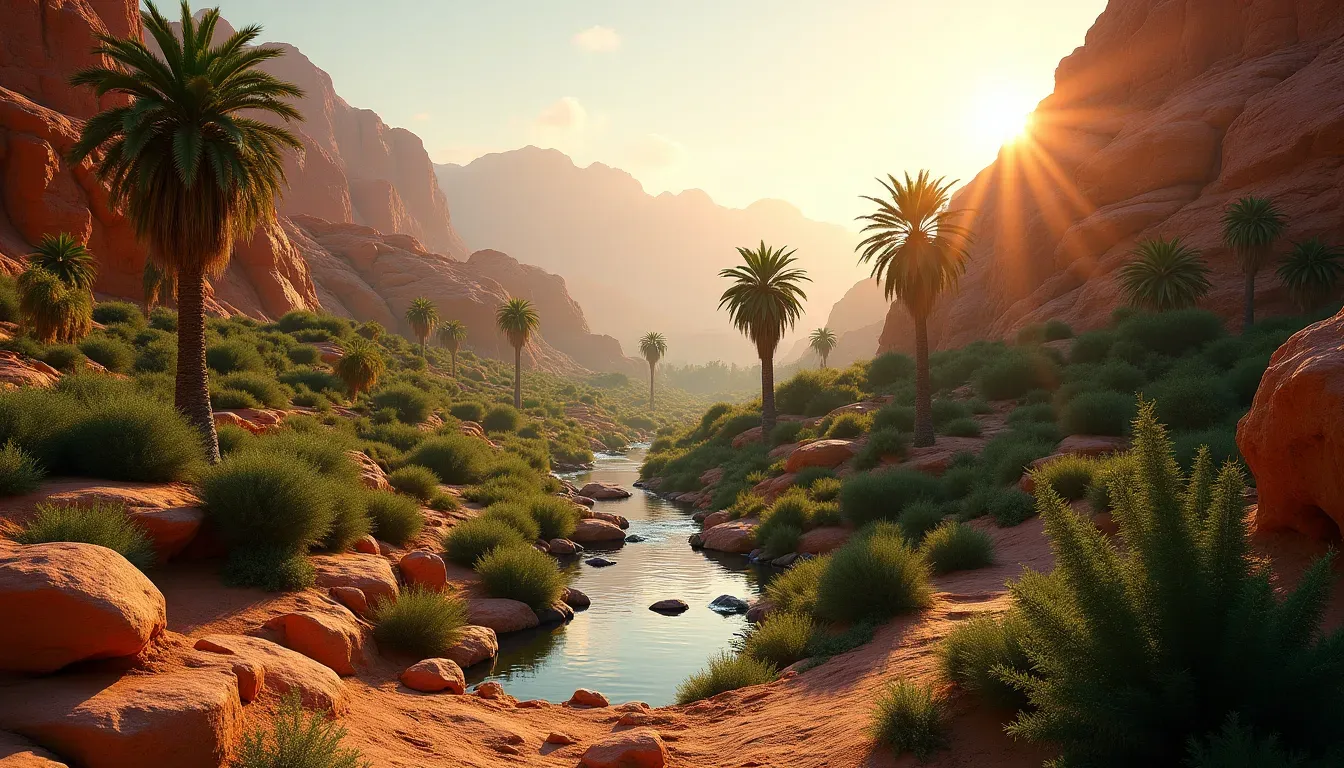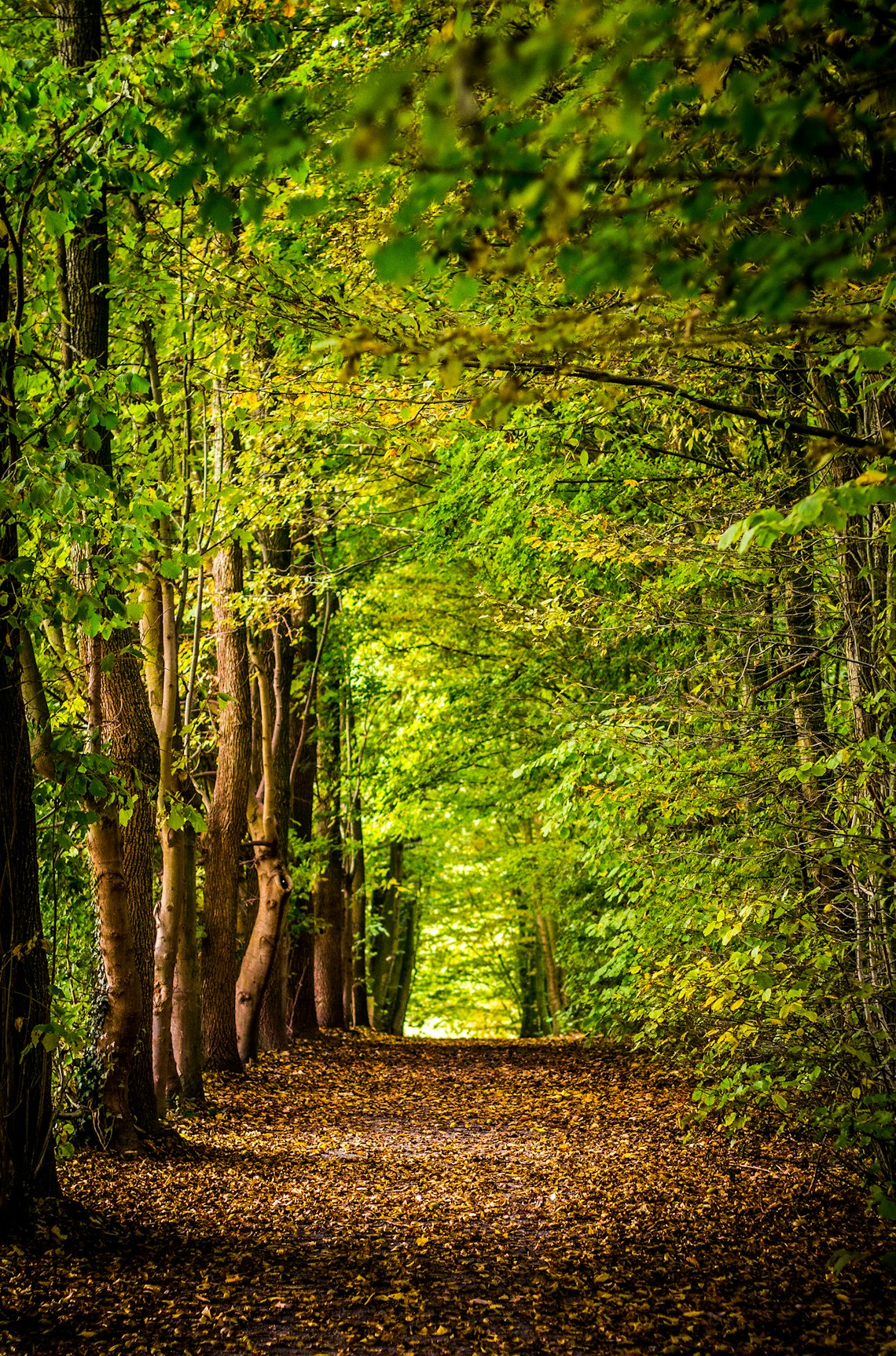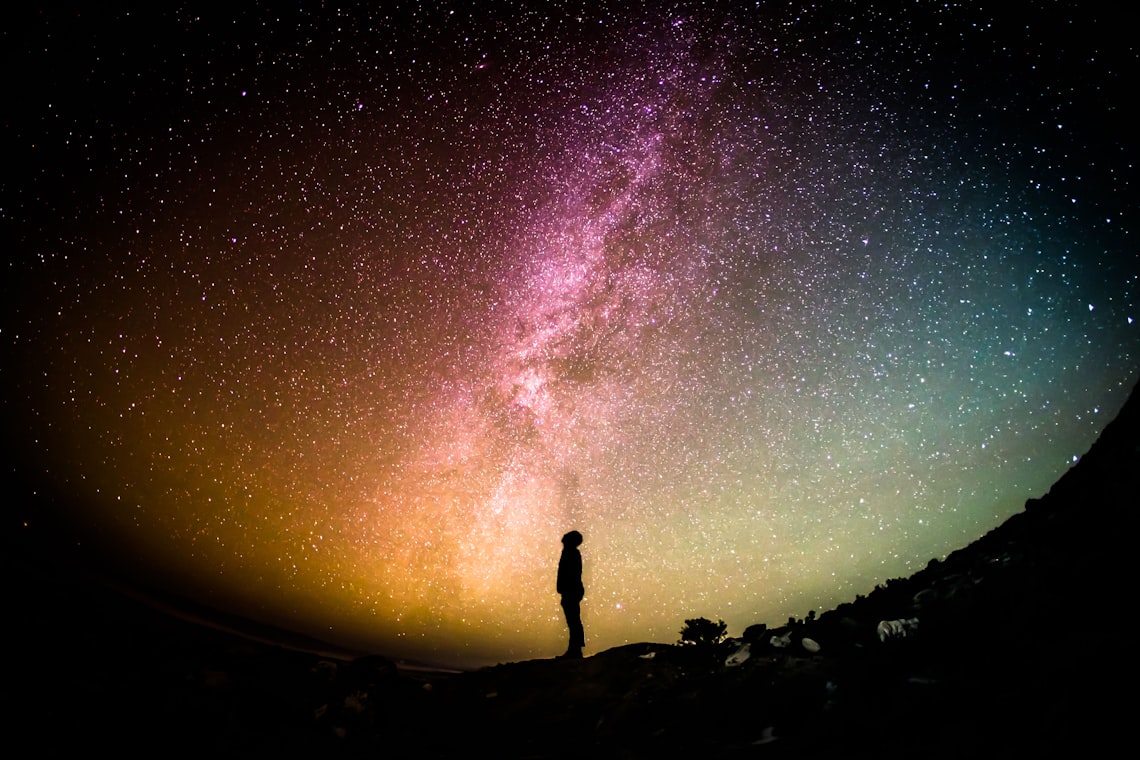Morocco’s diverse ecology is a breathtaking panorama that offers much more than meets the eye. From rugged mountainous terrains to lush coastal plains, exploring nature in Morocco unveils unique ecosystems that captivate environmental enthusiasts. These natural habitats are not just testaments to the country's environmental biodiversity but also vital components of our global ecological tapestry.
Understanding Morocco's Diverse Ecosystems
When diving into Morocco's diverse ecosystems, one is met with a variety of landscapes, each with distinct ecological features. Morocco’s geography includes:
- Atlas Mountains: This mountain range stretches across Morocco, offering home to a plethora of flora and fauna. The cooler temperatures and varied elevations create ecological niches supporting unique species.
- Sahara Desert: A stunning expanse of sand dunes and arid landscapes, the Sahara is known for its remarkable adaptation of life to harsh conditions.
- Coastal Regions: The Atlantic Ocean and Mediterranean Sea provide coastal ecosystems rich in marine biodiversity, including unique bird species and aquatic life.
- Forest Areas: Covering significant parts of the country, these forests are crucial to Morocco's ecology, offering habitats to many endangered species.
Exploring Nature: Key Points of Interest
For those keen on exploring nature, Morocco offers numerous points of interest that showcase its environmental biodiversity:
Toubkal National Park: Situated in the High Atlas Mountains, this park is a haven for hikers and naturalists. The rich biodiversity is marked by endemic species and stunning landscapes.
Souss-Massa National Park: Located along the Atlantic coast, this park is essential for birdwatchers. It is a sanctuary for rare bird species, including the last wild populations of North African Ostriches.
Cedars of Ifrane: Home to the endangered Barbary macaque, these cedar forests in the Middle Atlas Mountains offer a unique glimpse into untamed Morocco ecology.
The Role of Natural Habitats in Environmental Biodiversity
Natural habitats in Morocco are crucial to maintaining its environmental biodiversity. Each habitat supports specific ecosystems and plays a pivotal role in global ecological sustainability. For example, the cedar forests act as carbon sinks, while the coastal wetlands are vital breeding grounds for marine life. Understanding the importance of these habitats can aid in conservation efforts and sustainable tourism development.
Challenges and Conservation Efforts
While Morocco's ecology is remarkably diverse, it faces challenges such as climate change, desertification, and human encroachment. Addressing these challenges requires robust conservation strategies and policies, alongside community involvement.
Efforts are being made to protect Morocco's ecosystems, including the establishment of protected areas and initiatives aimed at reforestation and sustainable agriculture. By promoting eco-friendly practices and sustainable tourism, Morocco can safeguard its diverse natural heritage for future generations.
In conclusion, the ecological wonders of Morocco are as varied and vibrant as its culture. Through understanding and exploring Morocco’s diverse ecology, one can appreciate the vital role these ecosystems play in maintaining balance and biodiversity. By engaging in sustainable practices and supporting conservation efforts, we can ensure these natural habitats continue to thrive beneath our feet.




